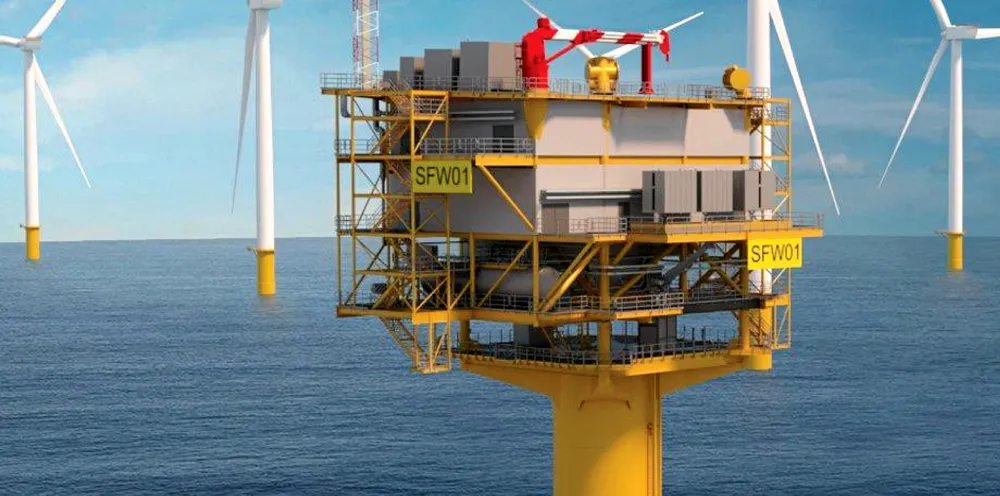US clears New York offshore wind power flagship South Fork to put steel in the water
Federal Bureau of Ocean Energy Management approves developer Orsted-Eversource's construction and operations plan for 132MW project in Atlantic

The construction and operations plan (COP) for the South Fork offshore wind farm off the US state of New York has been given the go-ahead by the federal government, paving the way for the development of the country’s second commercial scale project at sea.
The Bureau of Ocean Energy Management (BOEM), the agency under the US Department of the Interior charged with managing development on the outer continental shelf (OCS), issued its final approval for the 132MW project, being developed by a joint venture between Danish renewables giant Orsted and New England utility Eversource.
“As we tackle climate change head on and transition to a clean economy, these are the projects that will power our future.”
David Hardy, chief executive of Orsted Offshore North America, said in a statement: “As New York’s first offshore wind farm, South Fork Wind is already contributing to a new state-wide and US manufacturing era and maritime industry, including good-paying union jobs through our labour partnerships and vision for the industry.”
Orsted and Eversource expect to begin construction, including the onshore transmission cable, within weeks, with offshore installation of the wind farm’s dozen 11MW Siemens Gamesa SG11.0-200DD turbines beginning in mid-2023. Orsted expects to see the project commissioned in late 2023.
The project will also employ the US’ first Jones Act compliant service operations vessel being constructed by Edison Chouest Offshore’s shipyards in Louisiana, Florida, and Mississippi.
“Today’s federal approval of South Fork further solidifies the US as a major market and will boost needed supply chain investments,” said Ross Gould, vice president of supply chain development at business advocacy body the Business Network for Offshore Wind.
Located 19 miles (30km) south of Block Island, Rhode Island, and 35 miles east of Montauk Point, Long Island, the project will make interconnection into the LIPA grid at Cove Hollow Road in East Hampton, Long Island, and will be serviced through an operations and maintenance base at Montauk Point.
The project has stirred controversy during its long development, however, and a lawsuit is pending in Suffolk County Supreme Court filed by the Government Justice Centre on behalf of a private citizen alleging that the project’s award violated LIPA’s own procurement process and mandates.